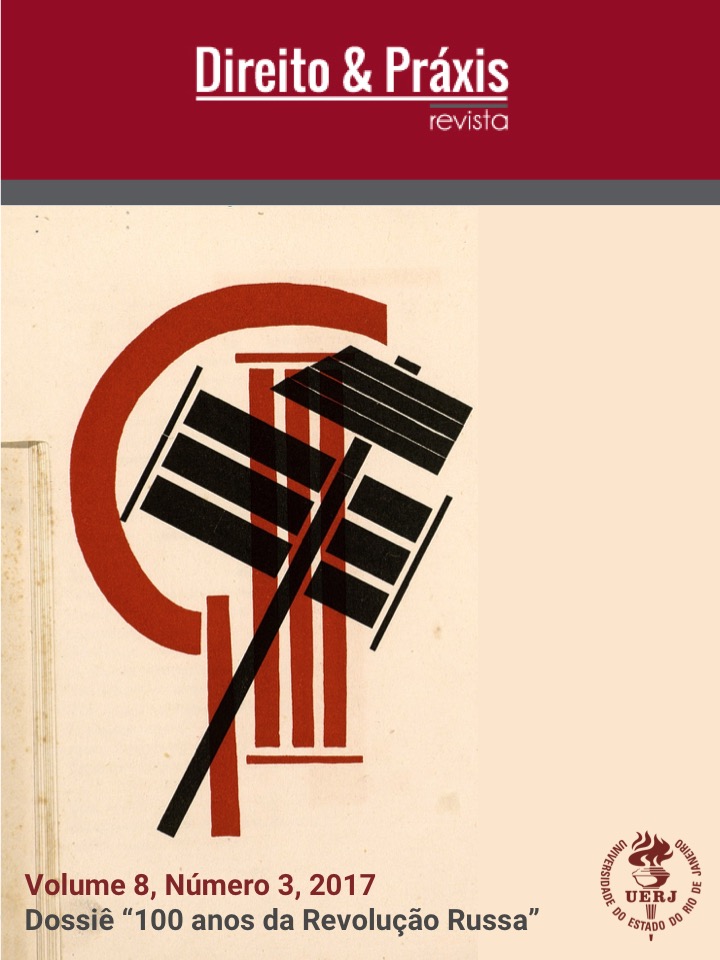Política criminal atuarial: contornos biopolíticos da exclusão penal / Actuarial criminal policy: biopolitical contours of criminal exclusion
DOI:
https://doi.org/10.12957/dep.2017.22314Palavras-chave:
Política criminal atuarial, Novas tecnologias, Estado de exceção / Actuarial criminal policy, New technologies, State of exception.Resumo
DOI: 10.1590/2179-8966/2017/22314
Resumo
O presente artigo objetiva analisar a Política Criminal atuarial e sua lógica de atuação, a partir das contribuições das novas tecnologias para, em um segundo momento, buscar explicitar os contornos biopolíticos da tensão segurança versus liberdade que subjaz a essa matriz, procurando evidenciar que, implícito na ideia de eficiência que subjaz à lógica atuarial, está o controle de determinados estratos sociais que se apresentam enquanto meras vidas nuas, ou seja, vidas que podem ser impunemente eliminadas do tecido societal.
Palavras-chave: Política criminal atuarial; Novas tecnologias; Estado de exceção.
Abstract
This article aims to analyze the actuarial Criminal Policy and its logic of operation, from the contributions of new technologies for, in a second time, seeking to explain the bio-political boundaries of the polarization safety versus freedom that underlies this matrix in order to show that implicit in view of efficiency that underlies the actuarial logic is control of certain strata which are presented as mere naked lives, or lives that can be eliminated with impunity.
Keywords: Actuarial criminal policy; New technologies; State of exception.
Downloads
Downloads
Publicado
Como Citar
Edição
Seção
Licença
Os textos são de exclusiva responsabilidade de seus autores.
É permitida a reprodução total ou parcial dos artigos da Revista Direito e Práxis, desde que citada a fonte.
Este trabalho está licenciado sob uma Licença Creative Commons 4.0, Atribuição-Sem Derivações.
Esta licença permite copiar e redistribuir o material em qualquer suporte ou format para qualquer fim, mesmo que comercial, desde de que citada a autoria original.
This work is licensed under a Creative Commons Attribution 4.0 International License.




